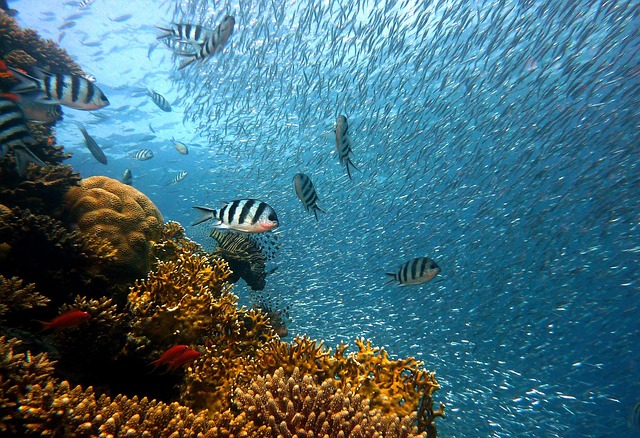
Reef-building Corals
Understanding Reef-building Corals
When you think of vibrant underwater ecosystems, reef-building corals are likely the first thing that comes to mind. These incredible organisms not only create stunning underwater landscapes but also play a crucial role in marine biodiversity. Let’s dive into what makes these corals so special and why they’re essential to our oceans.
What Are Reef-building Corals?
Reef-building corals, also known as hard corals or scleractinian corals, are the architects of coral reefs. They secrete a rigid skeleton made of calcium carbonate (CaCO3), forming the backbone of these underwater habitats. This skeleton is primarily made of a crystal form called aragonite, which provides structure and stability to the reef.
The Structure of Coral Reefs
Coral reefs are fascinating because they consist of colonies of individual polyps. These tiny creatures, often numbering in the hundreds of thousands, work together to build the reef structure. Each polyp secretes its own calcium carbonate skeleton, which eventually cements together to form the larger reef. It’s like a community project where everyone contributes to a grand design! 🏗️
How Do They Thrive?
One of the most remarkable aspects of reef-building corals is their symbiotic relationship with a type of algae called zooxanthellae. These microscopic algae live within the coral’s cells and provide essential nutrients through photosynthesis. In return, the corals offer the algae a protected environment and access to sunlight. This partnership is vital for the health of coral reefs, allowing them to thrive in clear, shallow waters where sunlight can penetrate.
Where Are Coral Reefs Found?
Coral reefs are predominantly found in shallow, warm waters, occupying less than 1% of the ocean floor—about 284,300 square kilometers. While they can exist at depths exceeding 91 meters, reef-building corals flourish best in shallower areas where sunlight is abundant. This is why many of the world's most famous reefs, like the Great Barrier Reef, are located in tropical regions.
The Growth Rate of Corals
Coral growth can vary significantly depending on the species and environmental conditions. On average, soft coral colonies can grow between two to four centimeters per year. Hard corals, on the other hand, can take years to form substantial structures, but their contributions to the reef ecosystem are invaluable.
The Importance of Coral Reefs
Coral reefs are often referred to as the "rainforests of the sea" due to their rich biodiversity. They provide habitat and shelter for a multitude of marine species, including fish, crustaceans, and mollusks. Additionally, coral reefs protect coastlines from erosion and storm damage, making them vital for coastal communities. 🌊
Threats to Coral Reefs
Despite their importance, coral reefs face numerous threats, including climate change, ocean acidification, and pollution. Rising sea temperatures can lead to coral bleaching, where corals expel their algae partners, resulting in a loss of color and nutrients. Protecting these ecosystems is crucial, not just for marine life but for human communities that rely on them.
Conclusion
Reef-building corals are essential to the health of our oceans and the survival of countless marine species. Their ability to create complex structures and support diverse ecosystems makes them a vital part of our planet's biodiversity. By understanding and protecting these incredible organisms, we can help ensure the future of our oceans for generations to come.
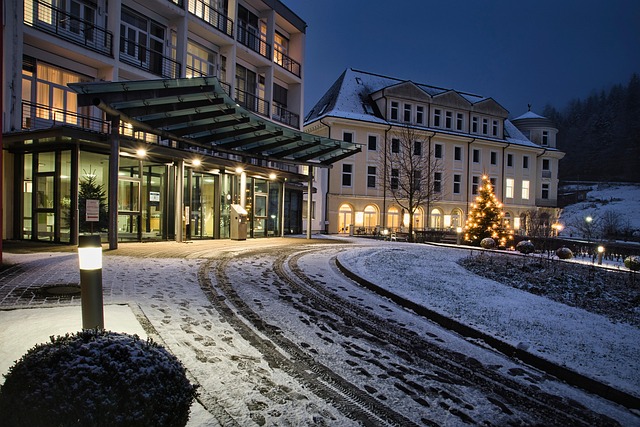

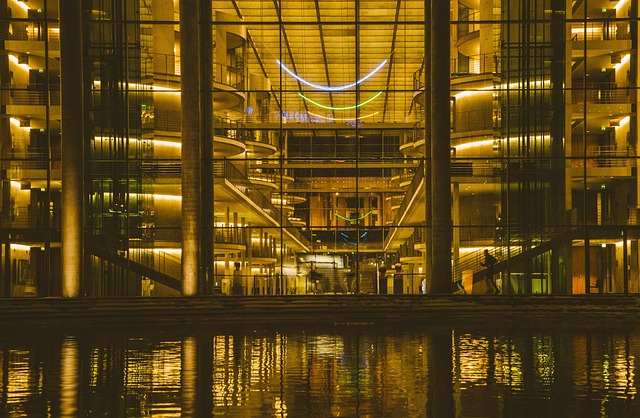
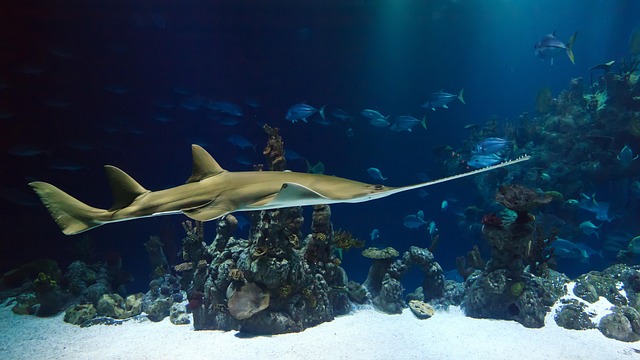
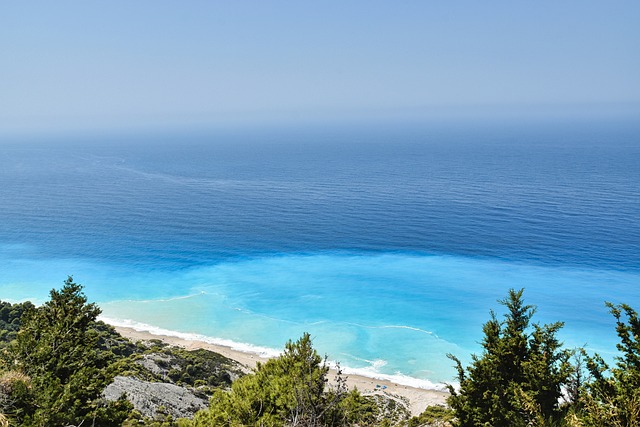
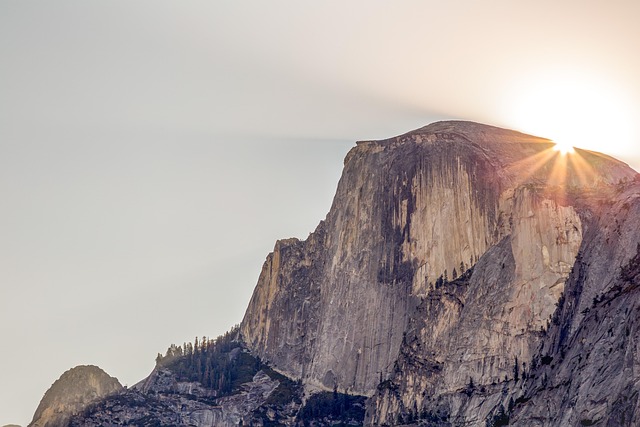






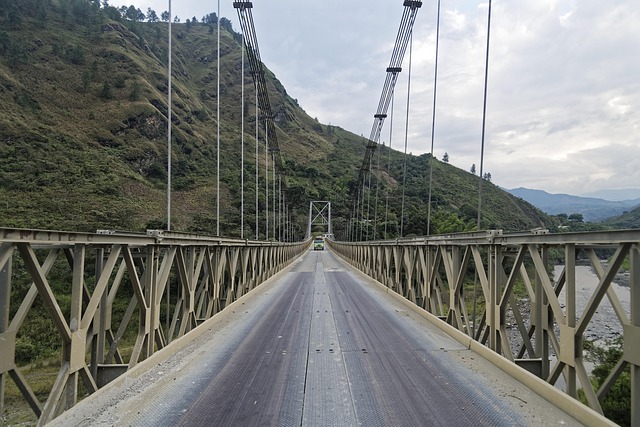



 Flight Cancellations Tomorrow: What to Expect
Flight Cancellations Tomorrow: What to Expect 
 Health
Health  Fitness
Fitness  Lifestyle
Lifestyle  Tech
Tech  Travel
Travel  Food
Food  Education
Education  Parenting
Parenting  Career & Work
Career & Work  Hobbies
Hobbies  Wellness
Wellness  Beauty
Beauty  Cars
Cars  Art
Art  Science
Science  Culture
Culture  Books
Books  Music
Music  Movies
Movies  Gaming
Gaming  Sports
Sports  Nature
Nature  Home & Garden
Home & Garden  Business & Finance
Business & Finance  Relationships
Relationships  Pets
Pets  Shopping
Shopping  Mindset & Inspiration
Mindset & Inspiration  Environment
Environment  Gadgets
Gadgets  Politics
Politics 